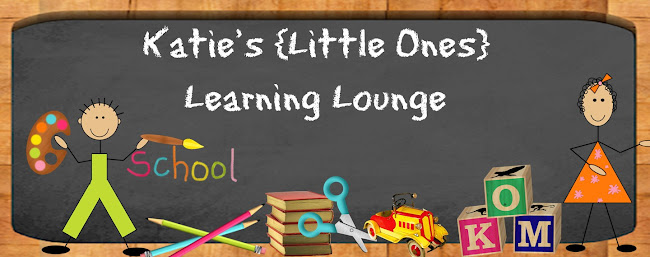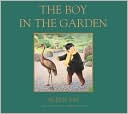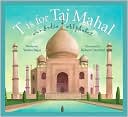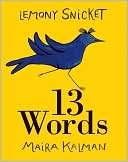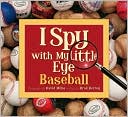This art-integrated literacy activity is appropriate for children of all ages when modified to need the needs of your students. At some point, children have likely had exposure to scratch art, an art experience in which children use
scratch art paper (black coated sheets of paper) with a wood stick of some sort to create a picture revealing brilliant multicolors.
This paper can be purchased or homemade. Preschoolers love creating their own art supplies, so I would recommend this simple technique to create scratch art paper of your own and save some money!
Homemade Scratch Art Paper
Materials:
- white cardstock or copy paper
- crayons
- black tempera paint
- regular dish detergent
- paint brush/sponge
Directions:
- Have your child(ren) color REALLY hard ALL OVER the paper provided - there should be no white showing and this should appear very waxy. This is a wonderful fine and gross motor activity (use of crayons and the force of coloring very hard)!
- Mix 2 tablespoons of paint with 1/4 to 1/2 teaspoon of dish detergent (the amounts may need to be increased depending on the size paper you are working with and need to paint).
- Using the paint brush/sponge, have your child paint the entire page with the mixture.
- Allow to dry (at least one hour). This would be an ideal time to read some of the poems from Dark Emperor & Other Poems of the Night!
- After the paper is completely dry, start scratching away! You can use toothpicks or Popsicle sticks or purchase Wood Drawing Sticks.
 Sidman, Joyce.
Sidman, Joyce.
Dark Emperor & Other Poems of the Night.
September 2010.
Houghton Mifflin Harcourt.
Review copy provided courtesy of publisher.Complete with 12 poems featuring the creatures of night,
Dark Emperor & Other Poems of the Night is a perfect read for children who are learning about animals that are active at night. While this poetry book is generally geared toward older children who can comprehend more abstract poetry, there is no reason that portions of it can't be shared with preschoolers as well!
Bats Wrap Up, Crickets Speak and
I Am a Baby Porcupette would all be great pieces to share that are somewhat simpler in nature.
Share these poems and discuss animals that are active at night. Can anyone give you other
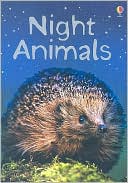
examples of animals that are active at night? Perhaps you might want to have
Night Animals by Susan Meredith and
Where Are the Night Animals? by Mary Ann Fraser on hand to refer to and share!

After reading the poems selections and discussing the different animals that are active at night, show children the illustrations that coincide with the poems that you read. How do the pictures look? Dark (to depict the night sky) with some color in the animals, etc. Explain that one way that you can get this effect is to use scratch paper - scratching away the black will leave some color, similar to the ways the animals are seen in the poem's illustration.
Allow the children to use their homemade scratch art paper to draw a picture of a "night animal." This could act as an assessment tool to check for comprehension from the reading and discussion you have had. Of course, you wouldn't necessarily want to "assess" their drawing, as preschoolers are still developing their visual and motor skills and being creative with their work! However, talking to them about their scratch art picture will help you to gain an understanding of what they took away from the night animals poems, stories and discussion!
Don't forget to send these
printable take-home instructions on how to create the homemade scratch art paper as this is an activity that is very simple and cost-friendly for parents!

If you're interested in finding out more information about any of the books reviewed or if you'd like to purchase the books, click the cover image for a link to Amazon.com. I am an Amazon Affiliate, so any purchases you make after clicking these images will result in my receiving a small percentage of the sale price!
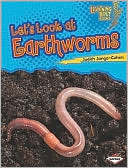 Dell'Oro, Suzanne Paul.
Dell'Oro, Suzanne Paul.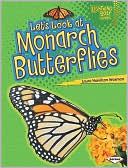 Waxman, Laura Hamilton.
Waxman, Laura Hamilton. provided courtesy of publisher.
provided courtesy of publisher.

 TweetIf you're interested in finding out more information about any of the books reviewed or if you'd like to purchase the books, click the cover image for a link to Amazon.com. I am an Amazon Affiliate, so any purchases you make after clicking these images will result in my receiving a small percentage of the sale price!
TweetIf you're interested in finding out more information about any of the books reviewed or if you'd like to purchase the books, click the cover image for a link to Amazon.com. I am an Amazon Affiliate, so any purchases you make after clicking these images will result in my receiving a small percentage of the sale price!
